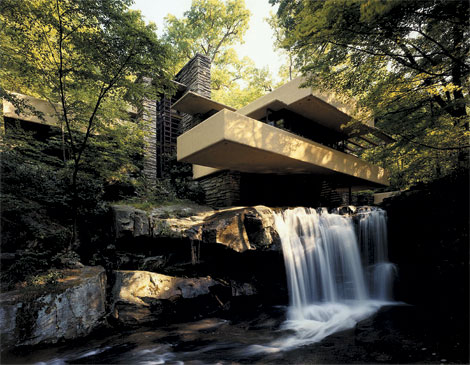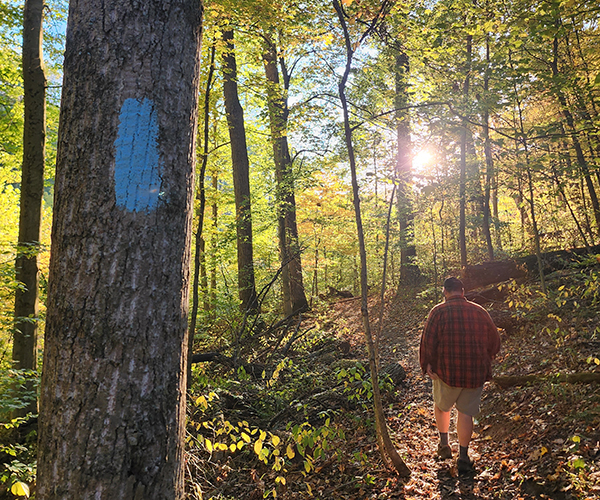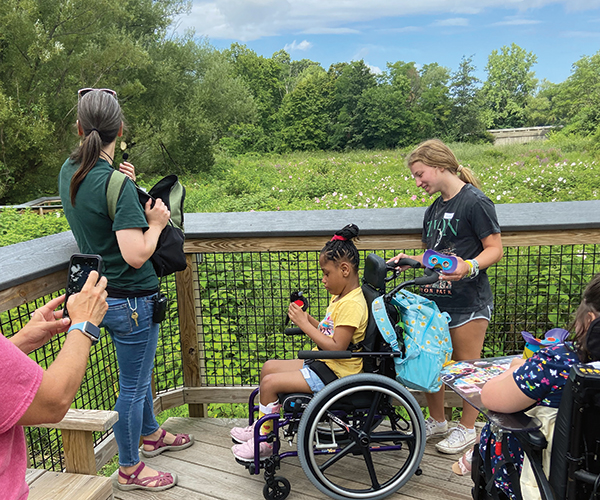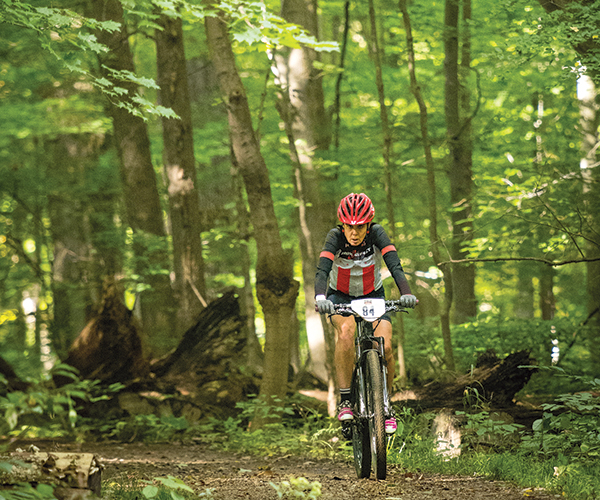t seems like I’ve been stalking Frank Lloyd Wright all my life.
I began decades ago in Oak Park, Illinois, wandering those leafy suburban streets where Wright designed his last conventional house and first went low and lean in the prairie style that became his trademark.
Then it was on to Wisconsin’s Taliesin, an incubator of his lifestyle and an architecture school. Later, just as his disciples moved west, I headed to Taliesin West in Scottsdale, Arizona.
We architecture geeks almost whisper “Fallingwater” in reverence. But I had never made it to the granddaddy of them all. This Mill Run, Pennsylvania, terraced home angled out of the forest is the epitome of Wright’s interlocking of art and nature.
So I first follow the advice of a Fallingwater guide and climb a woodsy trail. My reward is one of the best reveals in American architecture. Through copper and crimson branches, the house juts out in its horizontal boldness, levitating atop a tumbling waterfall.
I’ve admired the photos for years, but the real thing still stuns. How surprised, then, must the Edgar J. Kaufmann family have been when they first saw Wright’s plans?
In 1935, the Pittsburgh department store owner wanted a summer home near the waterfall of Bear Run stream. Wright gave them a house over the falls, and Fallingwater has been flouting gravity for nearly 80 years.
On the interior tour, nature and shelter meld through cornerless windows. A house guide lifts a glass floor panel to welcome the rumble of the stream below. OK, I think, this is officially the coolest summer house in the world.
I’m even astonished by the mundane. “How do you get the stone floors to shine like that?” I ask the guide. He confides, “Johnson’s Plaza Wax.”
Wending through the house, we crouch under low ceilings and stand tall in the open areas, a dramatic interplay that’s a Wright signature.
Then, for me, there’s always the disconnect between museum, such as Fallingwater, and a living home. I wince at the narrow platform beds and unforgiving furniture that Wright designed for the space. My back aches when I see the rigid 90-degree angles of his chairs. Wright did not pander to human comfort and would have disdained my ergonomic advice.
As I leave the home and wander the woods, I feel a completeness about my Wrightian quest. Of course, he designed much beyond Fallingwater — I’ve always loved his 1959 Guggenheim Museum in New York.
But this day, scuffing a path through autumn’s leaves, I feel a connection to the artist’s truest intent as I look up at those amazing cantilevered tiers suspended over the waterfall.
The Souvenir: Wood laser-cut designs capture the 3-D power of Wright’s most famous designs in trivets, wall ornaments and screens. The Coonley House cherry wood trivet ($24) is a fascinating study in circles. fallingwatermuseumstore.org
Embrace Fall: Hop on the chairlift or brave the zip line during the Oct. 1-23 Autumnfest at Seven Springs Mountain Resort in Seven Springs, Pennsylvania. The fall festival features everything from Oktoberfest and Halloween to pumpkins and chili. 777 Waterwheel Drive, Seven Springs, Pennsylvania, 800-452-2223, 7springs.com
When You Go: 1491 Mill Run Road, Pennsylvania, 724-329-8501, fallingwater.org




